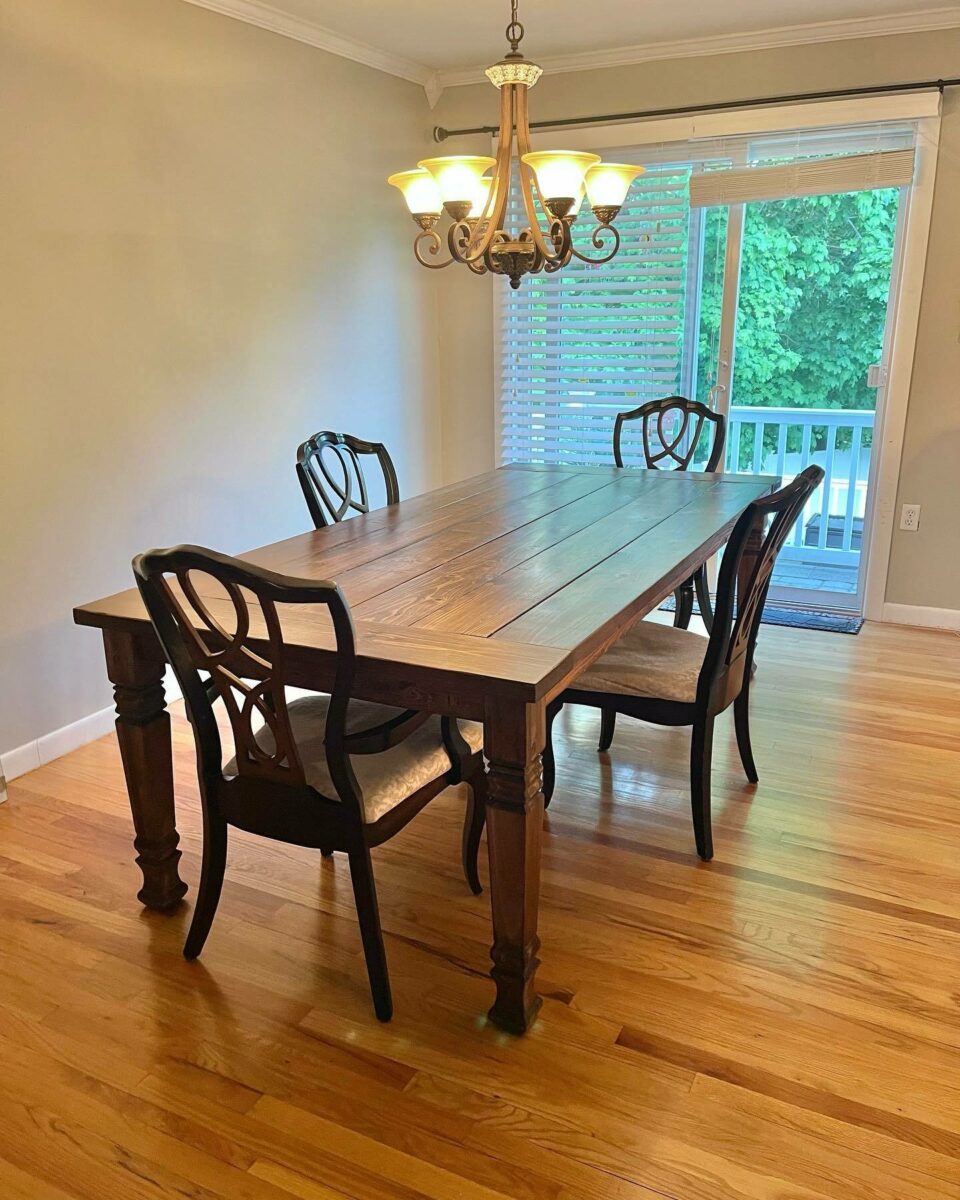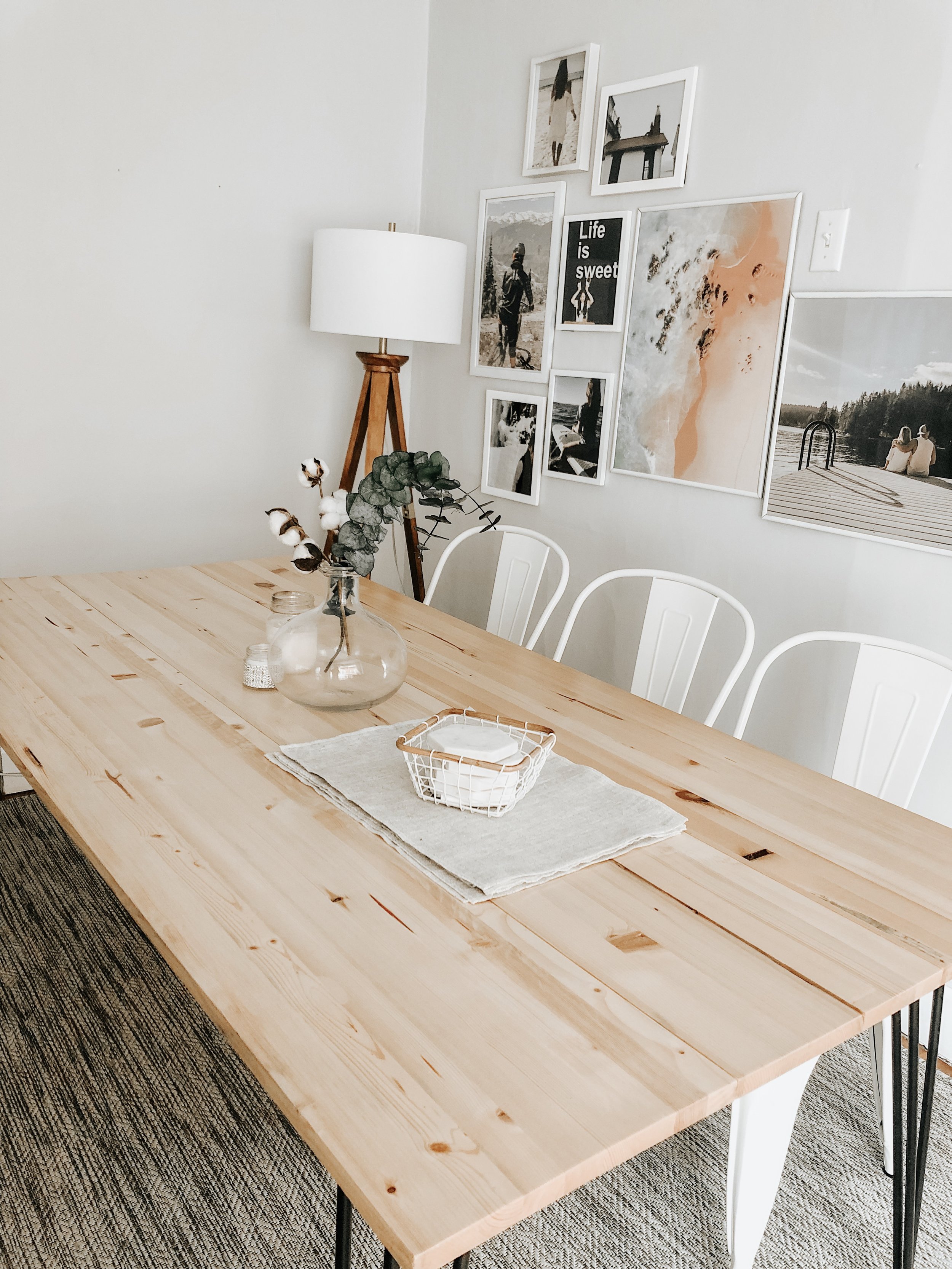Simple Steps to Replacing Old Dining Room Table Legs with New Ones
Simple Steps to Replacing Old Dining Room Table Legs with New Ones
Blog Article
From Conventional to Modern: Locate the Perfect Dining Area Table Legs for Your Design
While timeless designs such as cabriole and turned legs evoke a feeling of classic sophistication, contemporary styles like barrette and geometric options provide a chance for striking visual rate of interest. As you consider these aspects, the concern continues to be: exactly how can you seamlessly integrate these diverse leg styles to produce an unified dining experience?
Recognizing Table Leg Styles
The variety of dining-room table leg styles can significantly affect both the looks and capability of the room. Each leg design contributes one-of-a-kind functional attributes and aesthetic components, satisfying varied design preferences and usage requirements. Understanding these styles is critical for selecting the right dining table that straightens with your total indoor design vision.
As an example, conical legs supply a tidy, traditional look that can enhance an area's style, while pedestal bases give stability and make the most of legroom, making them suitable for smaller spaces. Hairpin legs, a characteristic of mid-century modern-day style, present a commercial style, enabling a ventilated, open feeling. Trestle legs stimulate rustic appeal, providing durable support and a sense of eternity.
Wood legs can bring warmth and appearance, whereas metal alternatives often communicate a streamlined, modern vibe. Eventually, comprehending table leg designs is vital for developing a natural dining location that mirrors individual style while making sure functionality and convenience.
Typical Table Leg Options
When selecting eating area table legs, conventional options frequently symbolize ageless elegance and craftsmanship. These styles mirror an abundant heritage and a commitment to top quality, making them optimal for those that value timeless aesthetics.
Among one of the most iconic conventional leg styles is the cabriole leg, identified by its graceful curved shape. This style typically features ornamental carvings and is most frequently discovered in Queen Anne and Chippendale furnishings. One more popular option is the turned leg, which boasts a collection of smooth, rounded forms that provide a classic appearance while maintaining security.
In addition, the straight leg, while basic, offers a sturdy and basic framework that can blend seamlessly with a selection of tabletop designs. For those attracted to ornate outlining, claw-and-ball feet legs stimulate a sense of splendour and can serve as a spectacular prime focus in any kind of eating space.
Lastly, stand bases, although not purely legs, give a different typical choice that enables sufficient legroom and can be wonderfully sculpted. Each of these typical leg styles adds to the general ambiance of an eating space, marrying feature with visual allure.

Modern Table Leg Designs
Modern table leg styles provide a varied variety of designs that highlight clean lines and ingenious materials. These designs frequently focus on functionality while functioning as striking focal points within an eating space. Minimal looks prevail, with legs crafted from products such as metal, glass, and crafted wood, which contribute to a contemporary and ventilated feeling.
One popular layout is the hairpin leg, identified by its slim, conical structure that supplies security without overwhelming the tabletop (dining room table legs). This design is frequently located in mid-century modern furniture and can effortlessly enhance various table forms. Another pattern is making use of geometric shapes, where legs may take read here on angular or asymmetrical types, adding visual rate of interest and a touch of virtuosity

Mixing Styles for Distinct Rooms
Often, home owners look for to create unique eating rooms that show their personal style by mixing numerous style aspects. This method allows for the incorporation of diverse aesthetic appeals, leading to a harmonious yet distinctive setting. For example, combining a rustic wood table with smooth, modern steel legs can produce a captivating contrast that elevates the area's general appeal.
Additionally, incorporating vintage table legs with contemporary table tops can evoke a sense of background while preserving a modern perceptiveness. Such combinations not just display individual preference but additionally motivate creative thinking, enabling property owners to curate a room that feels both individual and inviting.
Shade plays an important duty in this mixing process; picking table legs that match or comparison with the existing color scheme can enhance visual passion. Whitewashed legs can soften the boldness of a dark table surface area, creating a well balanced visual.
Tips for Selecting the Right Legs
Picking the right table legs is vital for attaining both functionality and visual allure in your dining room. Begin by thinking about the total design of your room. Traditional setups gain from legs that feature complex makings or transformed designs, while contemporary rooms might call for smooth, minimal designs.
Following, assess the height and stability of the legs. dining room table legs. Common table range in between 28 to 30 inches in height, so guarantee the legs match this dimension for convenience. Furthermore, robust products, such as wood or steel, click can enhance stability and longevity
Assess the leg shape too-- alternatives consist of right, tapered, or stand layouts. Straight legs supply a classic look, while tapered legs can add a touch of style. Pedestal bases provide enough legroom and are optimal for smaller areas.
Final Thought
In summary, choosing the optimal dining-room table legs requires careful consideration of both traditional and modern styles. Conventional options such as cabriole and turned legs offer ageless style, while modern-day styles like hairpin and geometric shapes give a contemporary touch. By balancing leg style, height, and product with the total decor, a natural and welcoming atmosphere can be attained. Inevitably, the chosen table legs ought to mirror the preferred visual, improving the dining experience within the space.
The selection of dining area table leg designs can considerably affect both the appearances and capability of the area. Ultimately, comprehending table leg styles is essential for producing a natural explanation eating area that shows personal style while making certain functionality and comfort.One of the most legendary typical leg styles is the cabriole leg, identified by its stylish rounded form. Straight legs use a classic look, while conical legs can add a touch of sophistication.In recap, picking the suitable dining area table legs requires mindful factor to consider of both conventional and modern-day designs.
Report this page